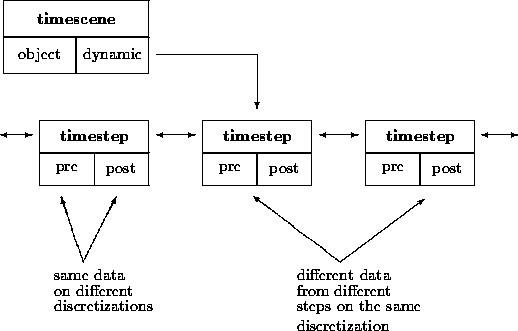
Figure 4.22: Dynamic Instance of a TimeScene
The dynamic process TimeStep consists of a doubly-linked list, each node having additionally to the list pointers an instance variable time and a pointer to an arbitrary object. The value of time is obviously the time of the object at that key-frame. Linear interpolation between two key-frames is therefore done by simply interpolating the corresponding objects. With this information we can describe the action of the method ``get object''(time) being send to the dynamic process TimeStep: if the given time is equal to one of the key-frame times the corresponding key-frame object is returned. Otherwise time is between two different key-frame times and the interpolation algorithm has to be applied to generate a time-cut. Most of the geometry classes support the interpolation of different objects with the same discretization. Especially on the triangulation classes these techniques are implemented, the linear interpolation may easily be extended to higher order techniques.
The concept of TimeStep allows to include classical key-frame techniques in our time-concept in a natural way. As before, we only require the method "get-object"(time) to exist on TimeStep, i.e. the key-frame objects need to have some kind of interpolation mechanism.

Figure 4.22: Dynamic Instance of a TimeScene
Copyright © by the Sonderforschungsbereich 256 at the Institut für Angewandte Mathematik, Universität Bonn.